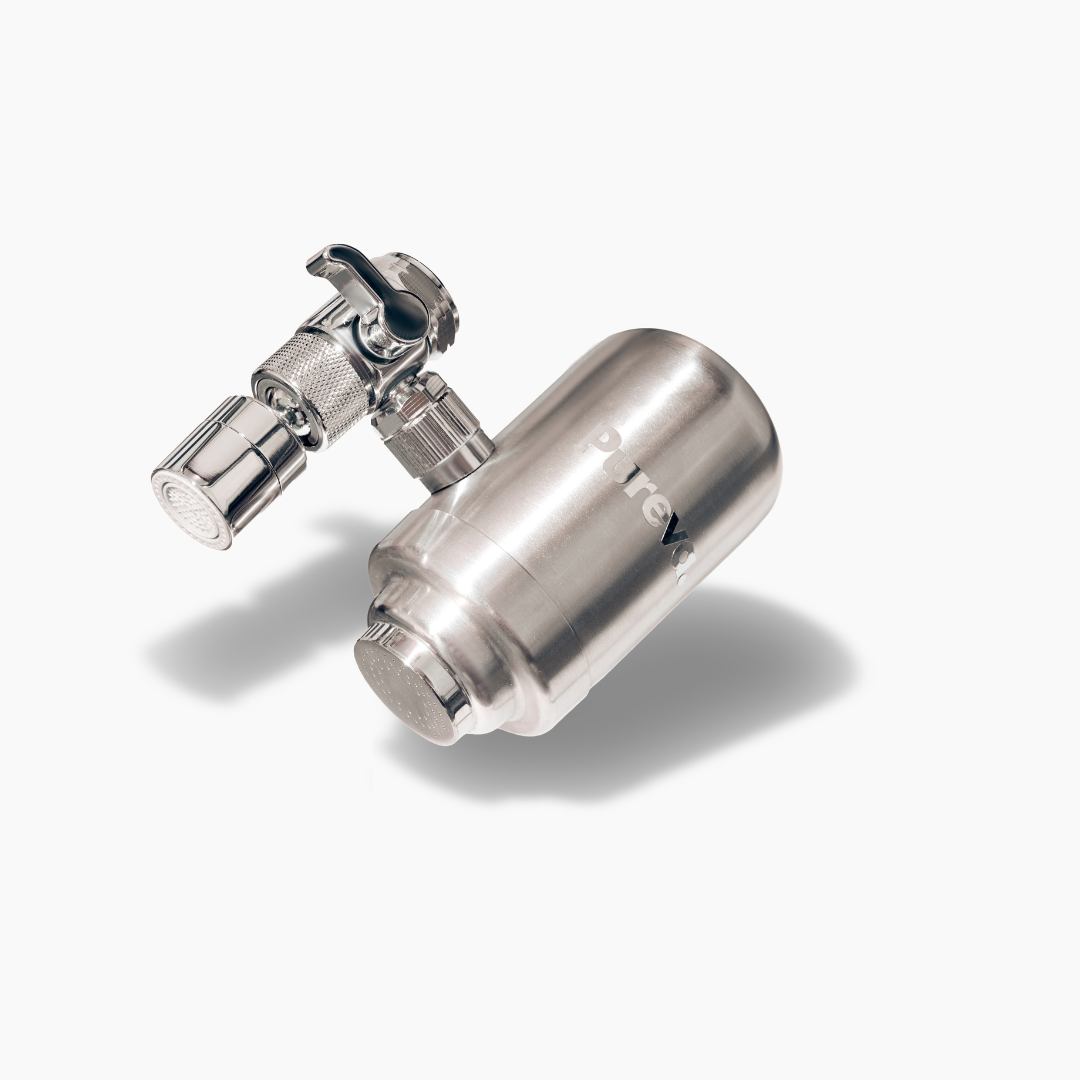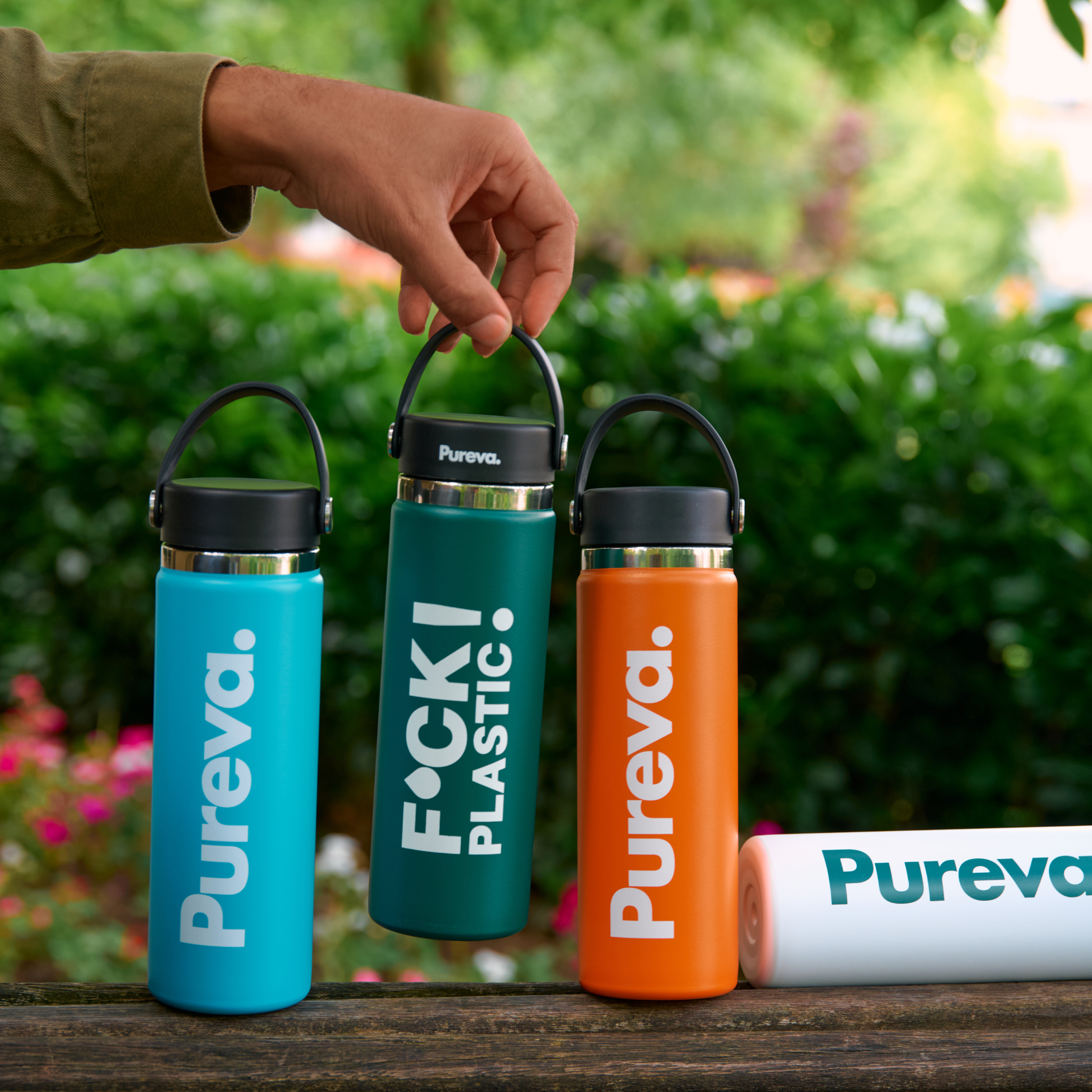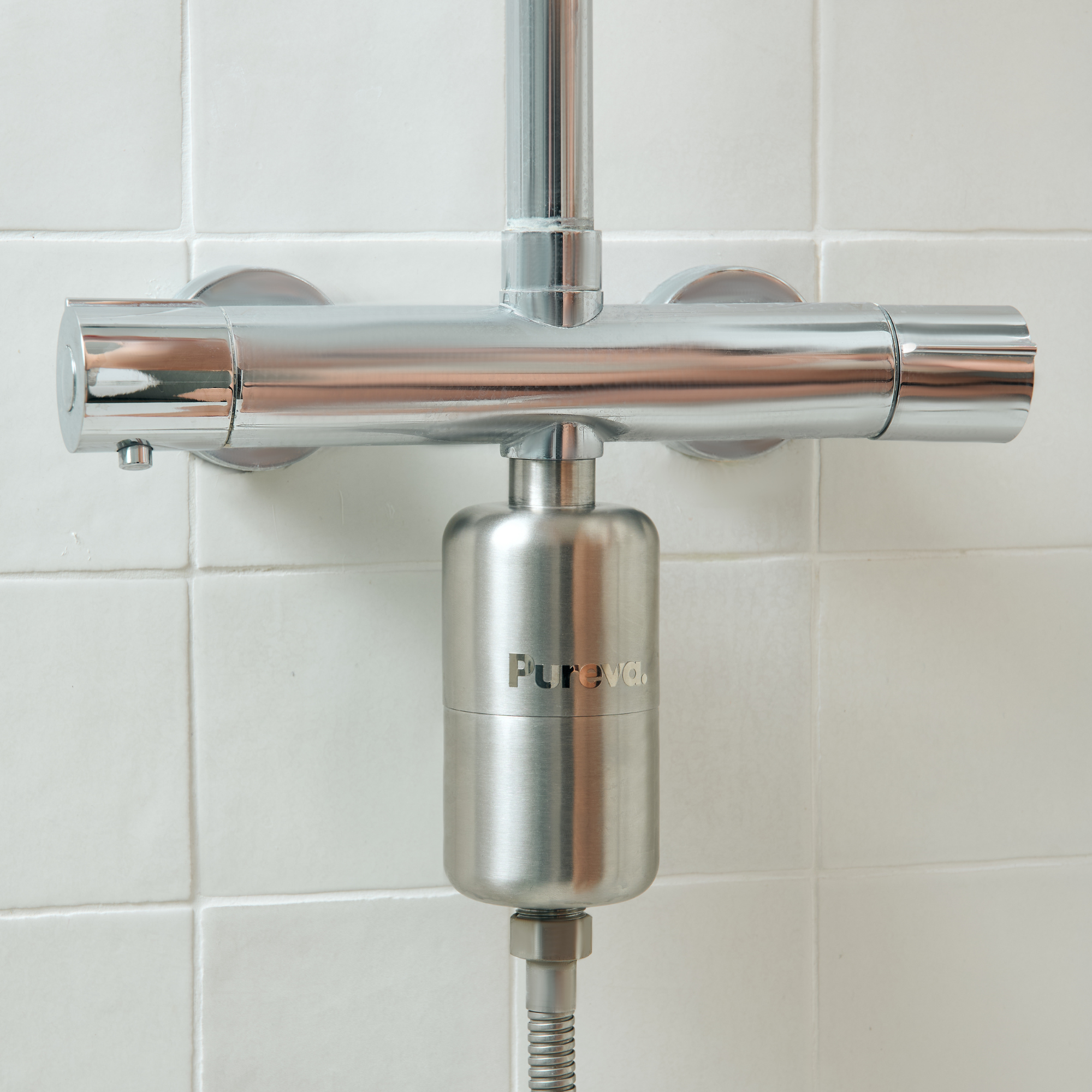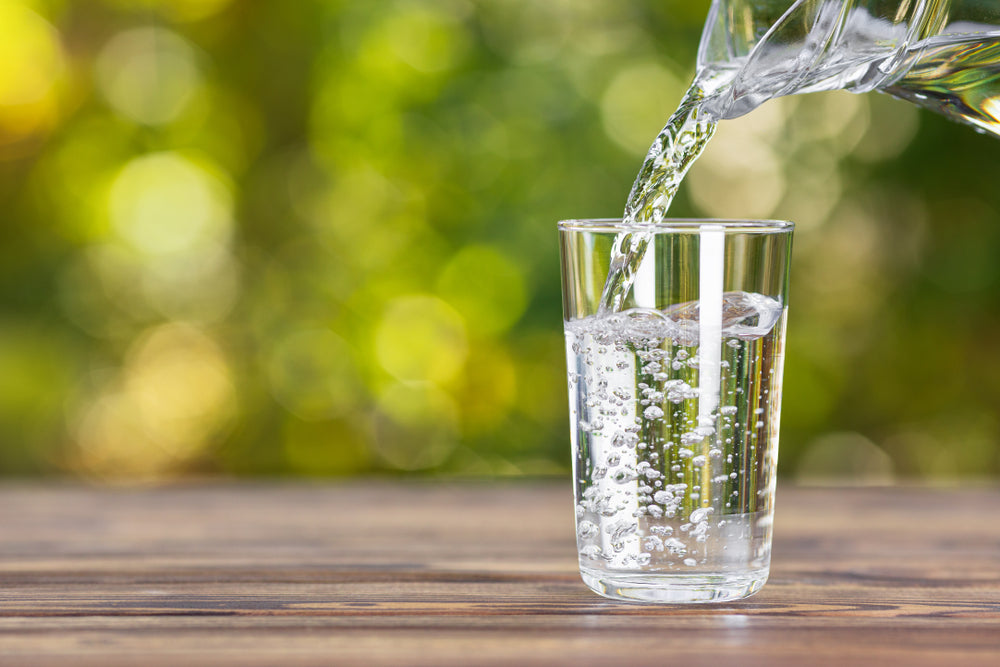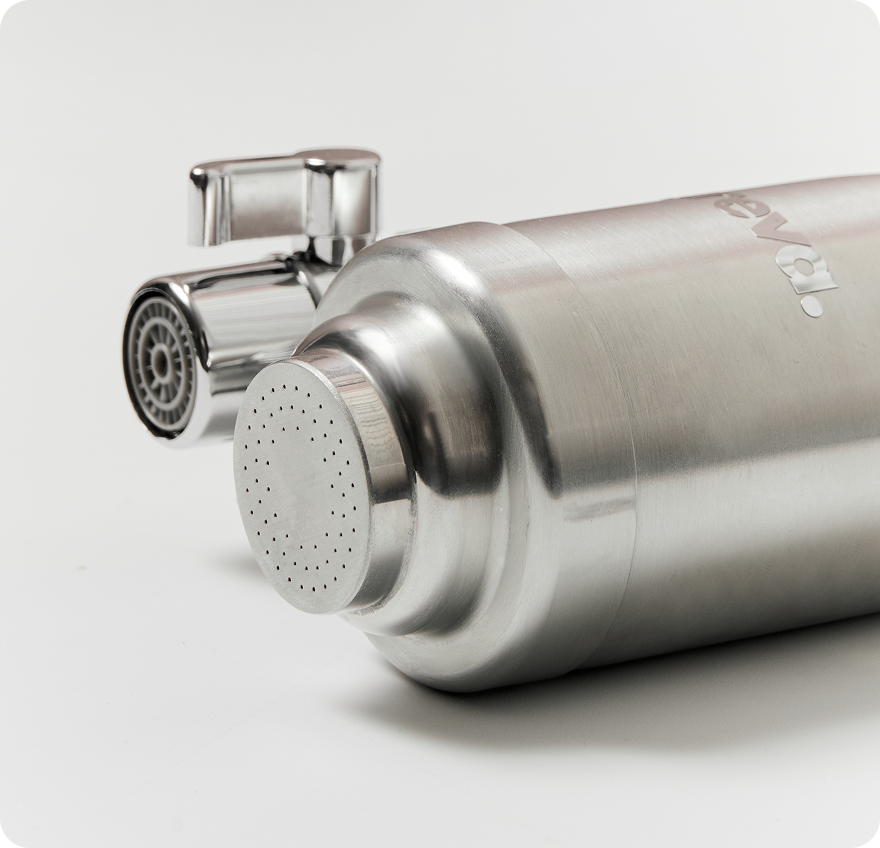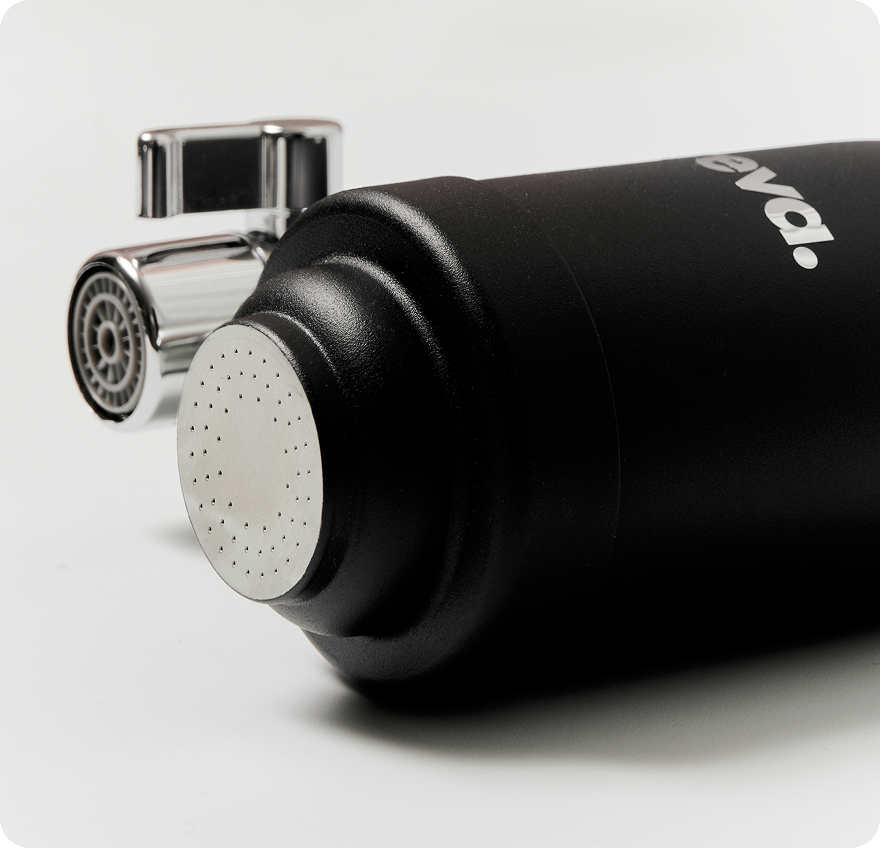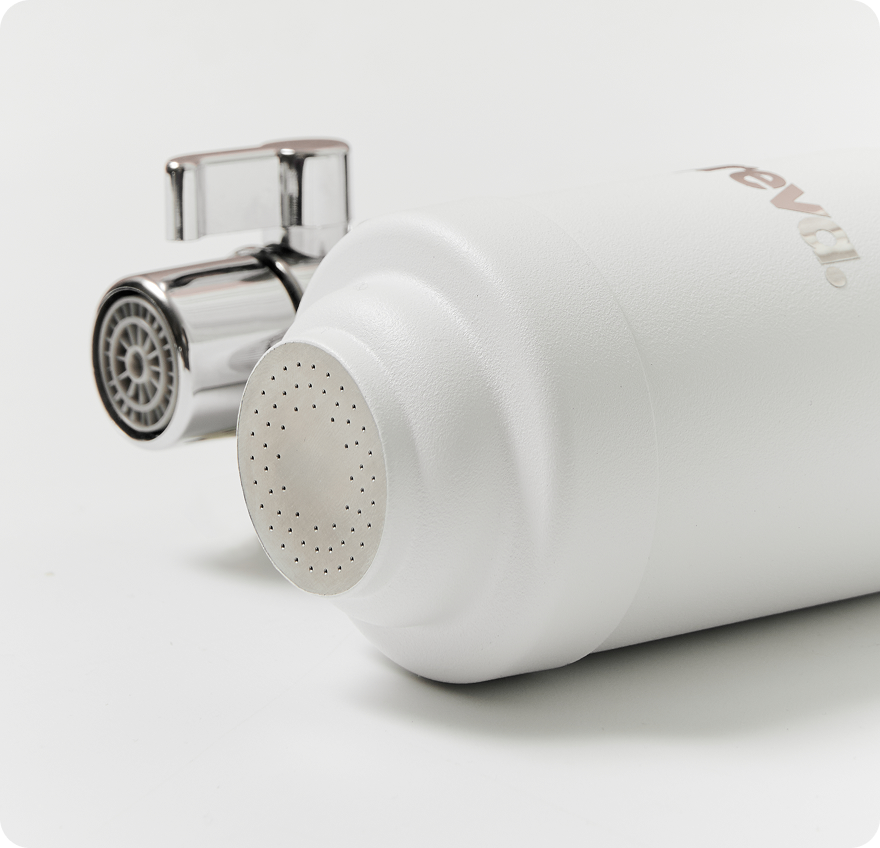How to filter tap water?
Water filtration is both a responsible and necessary approach. The impact of contaminants in water on our health is a future issue. Recent scandals that have highlighted bottled water brands for contamination problems clearly show us that bottled water consumption is not a solution, especially since its ecological impact is colossal.
The question then arises of filtering your own water, something many countries have already implemented, particularly in Asia where networks are less controlled. In France, we are a little late, even though there are many easily affordable solutions. Some more effective than others! Specialists in the subject, we have sifted through them all to offer you this complete guide on how to filter tap water .
Can you filter your own tap water?
Filtering tap water yourself , without a system, is possible, but it does have its limitations. Here are some solutions to consider before installing a proven system.
Binchotan charcoal to filter chlorine naturally

Increasingly popular, the use of Binchotan charcoal filters, in the form of charcoal sticks, allows for the natural filtration and purification of water . It's quite simple, you put it in a capsule (metallic if possible) which retains any possible breakages and you soak it in your carafe of water.
Binchotan charcoal, also called Japanese activated charcoal , is an active compound with apparently very high absorption properties.
Its porous structure absorbs:
✅ A part of heavy metals;
✅ Impurities and other particles (especially chlorine);
✅ Chemical substances;
✅ Bad smells.
You can even recycle it into fertilizer, making it an ideal eco-friendly product. It can be reactivated simply by boiling it in water for a few minutes.
However, this technique also has significant limitations:
❌ Its lifespan is short (3 to 6 months and even then, provided it is well maintained...), requiring frequent replacement.
❌ It does not filter out all dangerous contaminants and bacteria, and the filtration process is slow.
❌ Poor maintenance can reduce its effectiveness and, on the contrary, worsen water contamination through the development of bacteria.
❌ It is very practical but only for small quantities of water...
Limit limescale with natural ceramic beads

If you don't want to maintain a water filter, use reusable ceramic beads. Ceramic beads are made up of microorganisms that can capture chlorine, limescale , and other harmful elements (nitrate, ammonium) found in tap water.
To treat your water, simply immerse them in your carafe for about thirty minutes. The positive points:
✅ Modify the mineral structure of limestone to limit the formation of deposits;
✅ Reduces scale buildup without added chemicals;
✅ Improve the taste of your water;
✅ Contribute to its pH balance.
The limits:
❌ Require regular maintenance to remain effective!
❌ Risk of breaking or being damaged, reducing their lifespan!
❌ Limited effectiveness in removing complex chemical and biological contaminants!
❌ Extended contact time required for optimal filtration!
The different filtration techniques
The above solutions apply natural filtration techniques that have been incorporated into more comprehensive systems. We present these solutions, from least to most effective, starting with the famous filter jug.
Filter jugs: a limited method

Practical and easy to use, the filter jug is within everyone's reach. You fill it from the top, give the water time to pass through the filter, and that's it. In principle, yes, but there are many limitations to their effectiveness.
The filtration technique is very basic:
- An upper tank dedicated to receiving untreated water;
- A lower tank intended for its conservation (and this is the main problem) after treatment;
- A filter cartridge (Afnor P41-650 standard) ensuring water purification, some are simple and made of carbon, others include white balls (resins used for ion exchange) and activated carbon balls .
✅ The system is simple, effective, inexpensive...
But in truth, these carafes, although well-known to the general public, present several problems:
❌ It does not remove all impurities (certain chemicals and microorganisms).
❌ To maintain their effectiveness, filters must be replaced regularly, and consumers generally do not do this.
❌ To prevent bacteria from growing in the filtered water, the carafe should be cleaned frequently.
❌ You can only filter one carafe at a time and the water does not keep for long even in the fridge.
Ultraviolet rays: anti-microbial, but nothing more!

Ultraviolet water treatment is an effective and 100% natural process for making water safe for human consumption. However, it focuses more on microbes and cannot destroy all harmful organisms.
Usually, this method is combined with other filtration systems such as reverse osmosis systems.
UV water purification is carried out as follows:
- UV lamps emit UV light with a specific wavelength;
- Light waves (germicidal spectrum or frequency) kill microorganisms and modify their DNA and RNA (approximately 99.9% of microbes).
It is therefore an effective solution as a supplement, but it suddenly becomes a real installation and the maintenance of the lamps can become expensive. It is therefore not a solution to consider in a standard home.
Under-sink filtration stations
Under-sink filtration systems (reverse osmosis system, ultrafiltration, ceramic, sediment, etc.) are filtration systems designed to purify water via a permanent installation that is done directly on the main water line under your kitchen sink or sometimes in an adjacent room.
They have several advantages:
- ✅ The presence of different levels of filters targeting various bacteria (activated carbon filter, specialized cartridge);
- ✅ Reduced maintenance with periodic cartridge replacement;
- ✅ High filtration capacity for safe, great-tasting water.
However, this type of process:
- ❌ Very expensive to purchase;
- ❌ Takes up a lot of space;
- ❌ Requires expensive maintenance.
Water filters installed directly on your faucet
In recent years, a system has finally arrived on the market with many advantages: water filters installed directly on your faucet. The device is simple: a nozzle containing the cartridge screws directly into place of the faucet's foaming head.
The advantages are numerous:
✅ Ease of installation;
✅ The water is filtered in real time and with each use;
✅ Proven filtration technology (activated carbon and ceramic plus other technologies) improves water taste and quality and removes chlorine, heavy metals and organic pollutants;
✅ This solution is economical and ecological by avoiding you from buying plastic water bottles.
Depending on your capabilities, the space you have, and your budget, there are several solutions to consider. However, filters of this type currently offer the best value for money and efficiency. Quality water should be accessible to everyone, regardless of your environment. That's why we designed PUREVA in line with this technology. Simple, effective, and affordable for everyone.
Discover the Pureva solution, a Water Filter directly on the tap right here .
What is the best filtration technique?
Among the water filtration techniques used for tap water, studies show that reverse osmosis is the best method for filtering your tap water. A natural solution, reverse osmosis uses a purifier equipped with a membrane that allows only water molecules to pass through. Despite its performance, be aware that this process has some limitations to consider:
- High water consumption: Reverse osmosis requires a large volume of water to filter a small amount of drinking water.
- A significant cost for installation and maintenance (replacement of membranes and filters).
- The elimination of minerals important for human health (calcium, magnesium).
- Energy expenditure due to electricity consumption.
- Slow filtration speed unsuitable for immediate use or high water volume requirements.
For value for money and practicality, we recommend that you opt for our water filter which is simply installed on your tap .
👉 This filter removes more than thirty pollutants (pesticides, drug residues, chlorine, bacteria, viruses, etc.) from running water while preserving essential minerals.
Why filter tap water?
In France, tap water is subject to very strict European Union regulations, considered the most stringent in the world. For example, the maximum permitted level for a micropollutant is set at 0.1 micrograms per liter. Each year, nearly 15 million tests are conducted by the Regional Health Agency (ARS) in specialized laboratories to ensure water quality. These analyses cover various parameters, including levels of bacteria, nitrates, pesticides, aluminum, and calcium.
According to the ARS report on water quality in 2021, 98.3% of the French population has access to water that meets microbiological quality limits, 82.6% to water that meets pesticide criteria, and 99.3% to water that meets nitrate thresholds.
However, despite these rigorous controls, traces of these substances are still present. The networks are becoming obsolete and are not all replaced. Filtering the water therefore remains advisable. In the past, we ourselves were contaminated by tap water, which is what prompted us to look into the issue and create the Pureva system.
And then there are other benefits to consider regarding filtered water :
- Savings on the purchase of bottled water.
- Increased lifespan of household appliances by using softened, limescale-free water.
- Contribute to environmental protection by reducing plastic consumption and carbon footprint.
We hope that this guide has provided you with the most objective information possible. If you would like more information about our solution, please do not hesitate to contact us or consult our dedicated pages.

